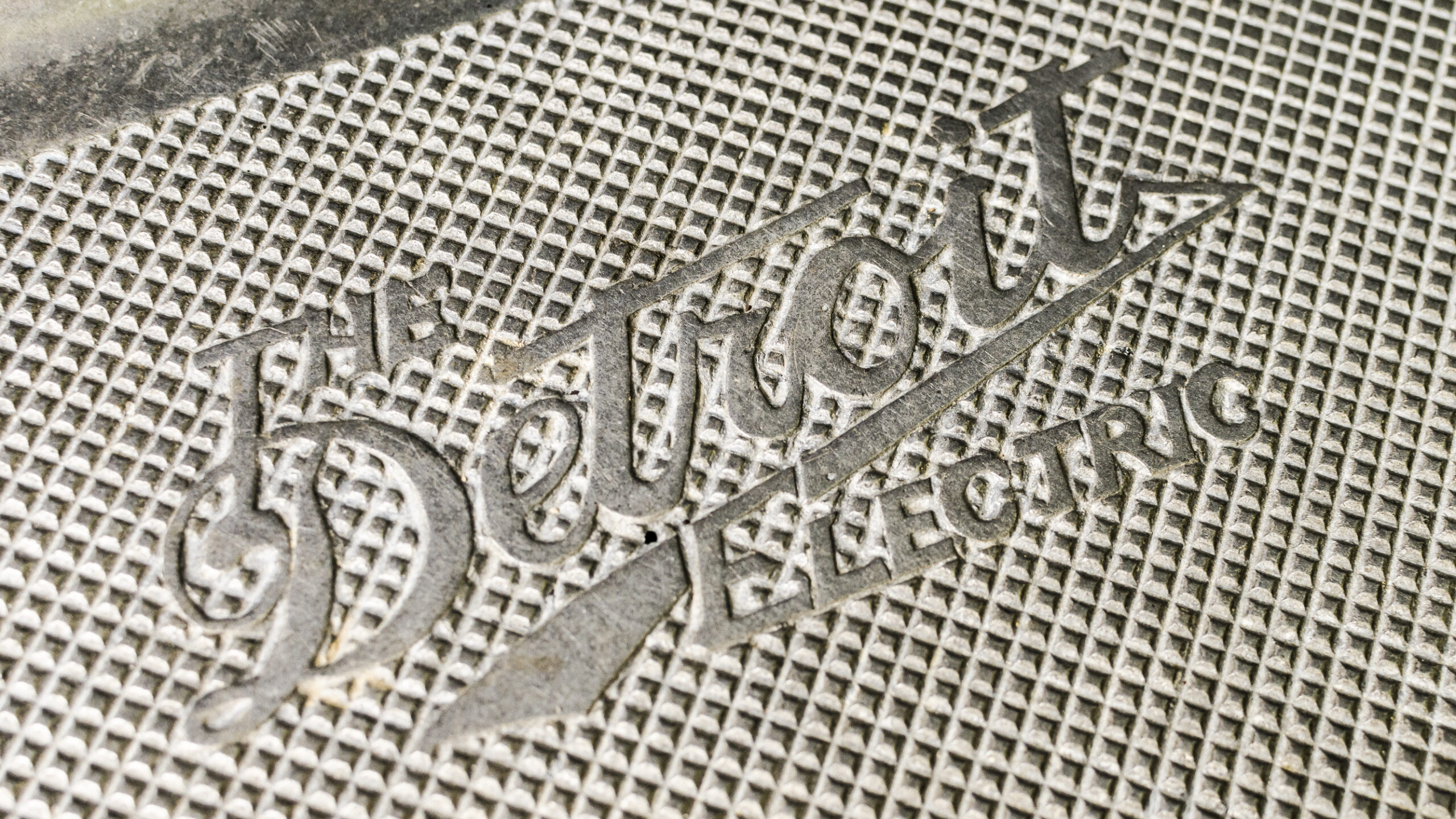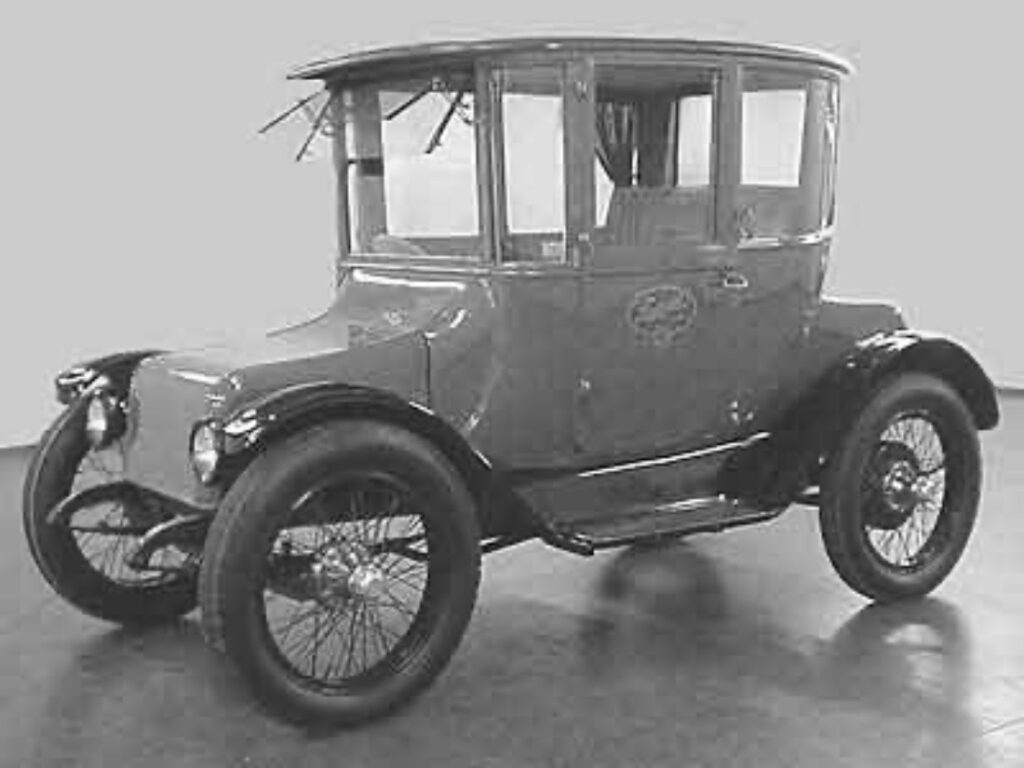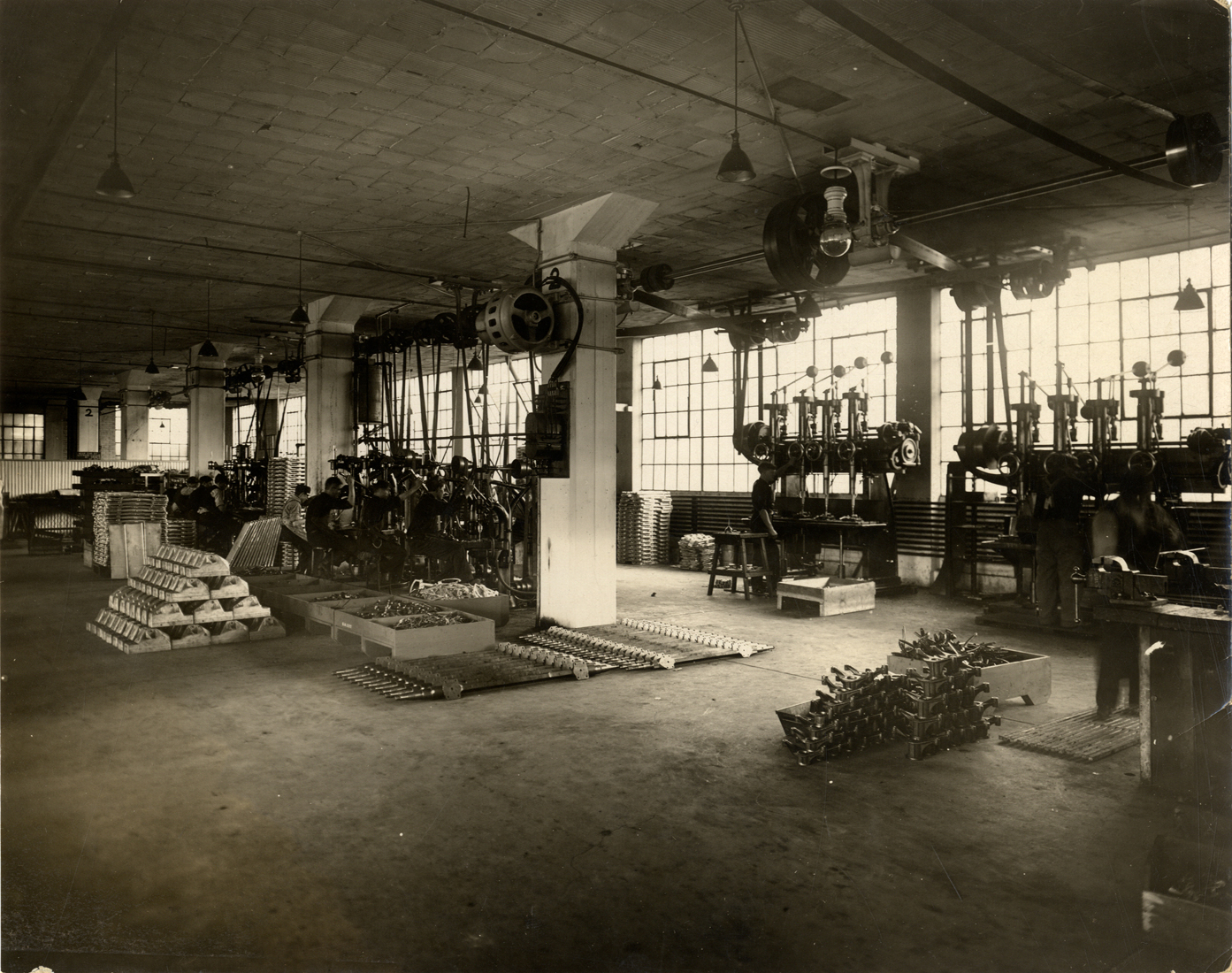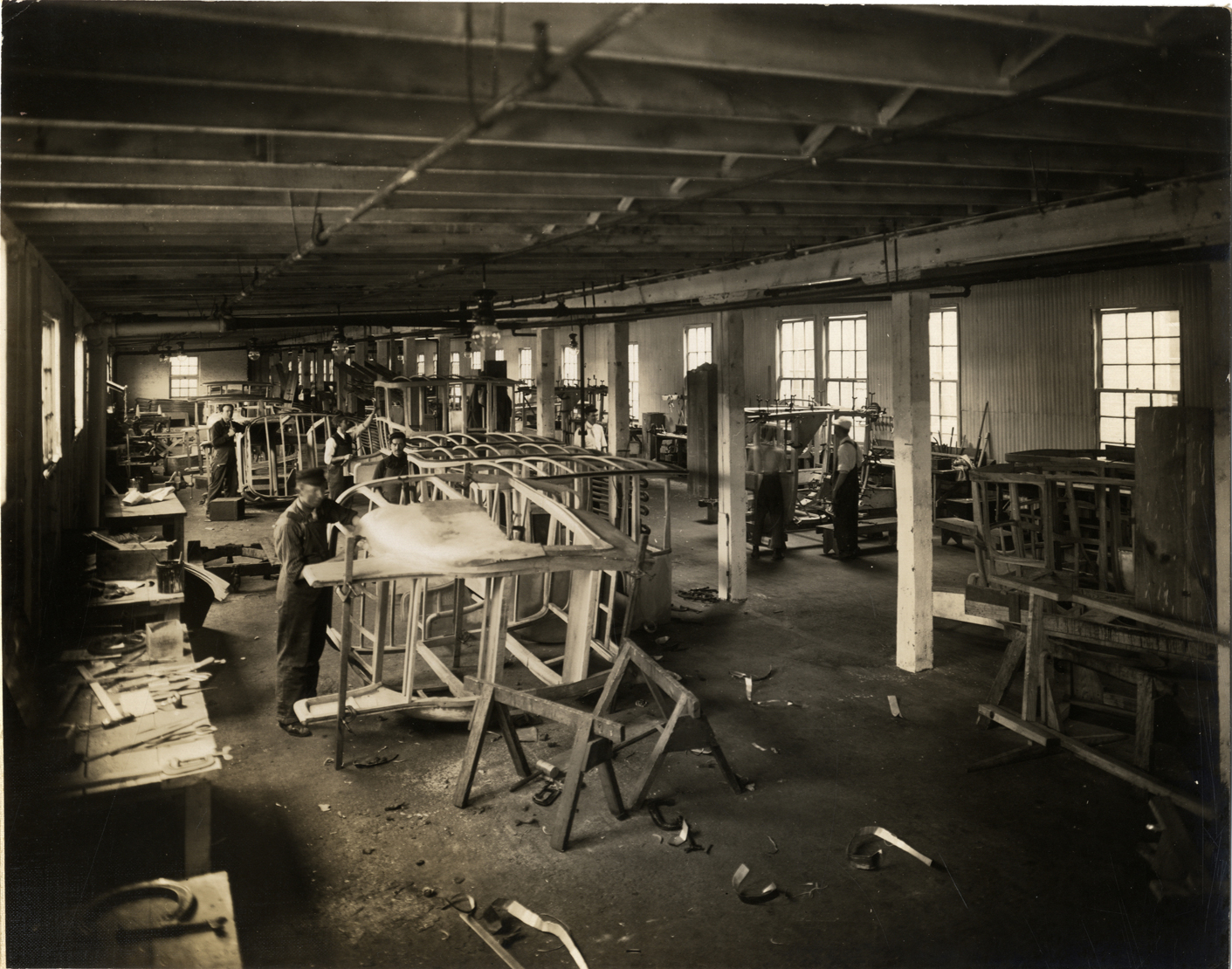March 19, 2013.
After an absence of over 70 years, Detroit Electric, the innovative electric car manufacturer, has returned to the legendary Motor City, promising job creation and a range of exciting 100% electric vehicles for the mass market.
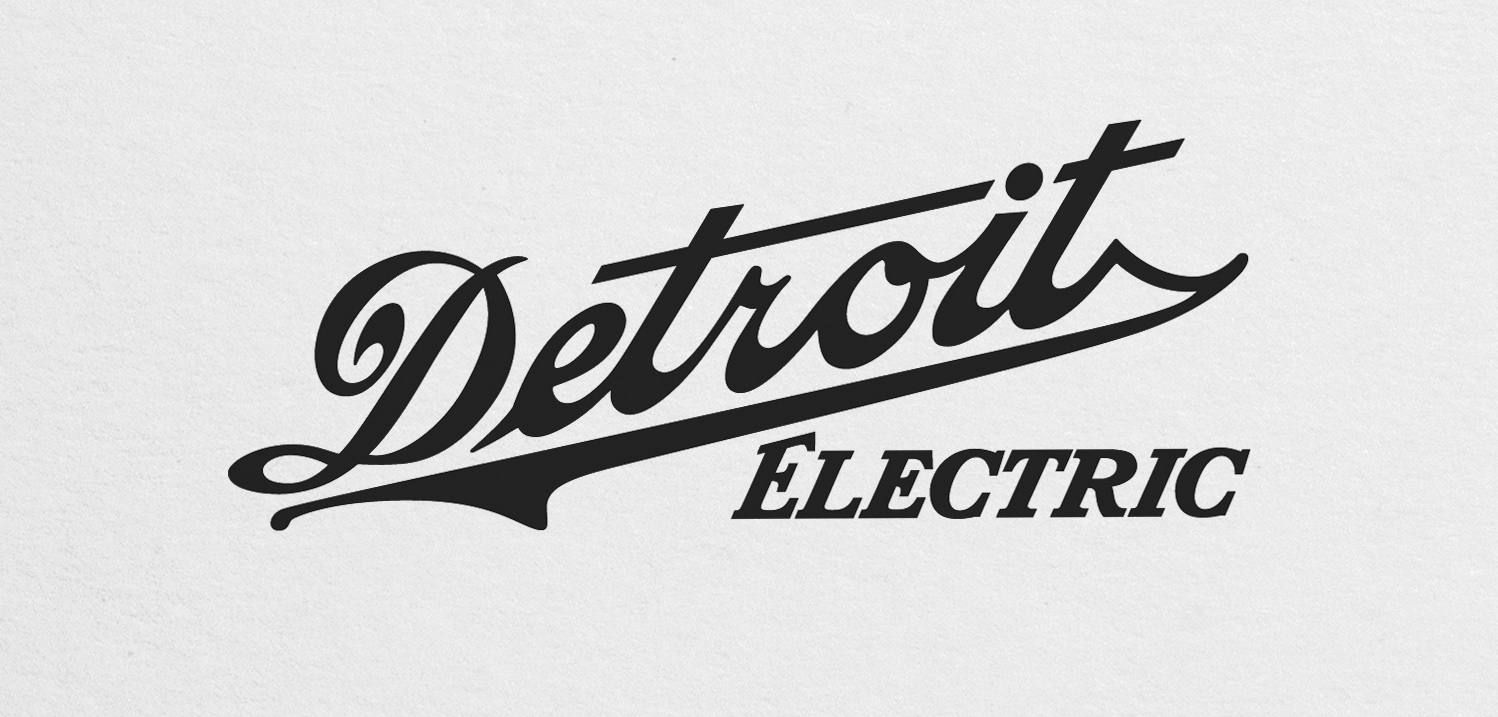
Heralding the rebirth of the original electric car brand, Detroit Electric has announced the establishment of its corporate headquarters on the 18th floor of the iconic Fisher Building, located in downtown Detroit, with Don Graunstadt, CEO, North America Operations at Detroit Electric, signing a long-term lease.
A site has also been identified to assemble the first ever pure electric sports car in Michigan, with production to start in August. The dedicated production facility will have an annual capacity of 2,500 sports cars. Detroit Electric aims to create over 180 sales and manufacturing-related jobs over the next 12 months.
Following five years of relentless research and engineering development, the first model to carry the renowned Detroit Electric logo will be a limited-edition two-seat sports car. Certain to quicken pulses thanks to its bold styling, outstanding performance, exhilarating handling characteristics and impressive range, this new sports car will be launched early next month in Detroit, ahead of a global public reveal at the Shanghai Motor Show on April 20, 2013. The show will also provide the platform for Detroit Electric to share an exciting announcement about a major partnership with a global carmaker. Full details will be announced on the first press day of the show.
On sale in many of Detroit Electric’s target markets by end of August 2013, the new Detroit Electric sports car will spearhead a diverse family of all-electric production cars, including two other high-performance models that will enter production by end of 2014.
”We are proud to become the fourth car manufacturer born out of Detroit, and the first to manufacture a pure electric sports car from Michigan,” said Mr Graunstadt. “We are committed to doing our part for this great revival of Detroit through innovation, entrepreneurship and determination – what we like to call ‘Detroit 2.0’. Our investors and management team are thankful to the State of Michigan for the help provided in allowing Detroit Electric to carry on the legacy that began in Michigan so many years ago.”
Detroit could be regarded as the home of the electric car. Early in the last century the electric vehicle industry was flourishing in Detroit and a company called Detroit Electric was at its very heart, innovating and selling more electric vehicles than any other company. By 1912 there were numerous American electric vehicle makers, with Detroit Electric both the market leader and the most prolific, going on to make around 13,000 cars – an electric vehicle production world record for the twentieth century. Notable customers included Thomas Edison, Mamie Eisenhower, John D. Rockerfeller Jr. and Clara Ford, the wife of Henry Ford.
The brand was revived in 2008 by Albert Lam, former Group CEO of the Lotus Engineering Group and Executive Director of Lotus Cars of England, with a vision to produce an electric vehicle that seamlessly integrates refined aesthetics, innovative technology and superior handling and performance.
To safeguard its sustainable growth, Detroit Electric employs an ‘asset light’ business model, similar to brands such as Apple and Nike, focusing investment on R&D and marketing. Detroit Electric’s Chairman and Group CEO, Albert Lam, brings to Detroit Electric various operational disciplines from his time heading up technology and innovation-driven businesses in Asia, including Apple and Sun Microsystems.
The Michigan Economic Development Corporation (MEDC) welcomed Detroit Electric to the community. “Detroit Electric’s decision to establish its new headquarters in Detroit is great news, because it builds on Michigan’s automotive heritage and places the company in the world’s automotive epicenter with a business climate that will enable its success,” said Michigan Economic Development Corporation President and CEO Michael A. Finney. “We look forward to Detroit Electric’s continued growth in the state as it creates innovative vehicles and new job opportunities for Michigan workers.”
Albert Lam added, “I am very fortunate to be working with a group of very talented engineers to create something really special. The sports car will allow us to demonstrate to the world our ability to build an exciting and innovative product. This DNA will be translated across to our future sedans; all our cars will be fun to drive and deliver exceptional performance within their class.”
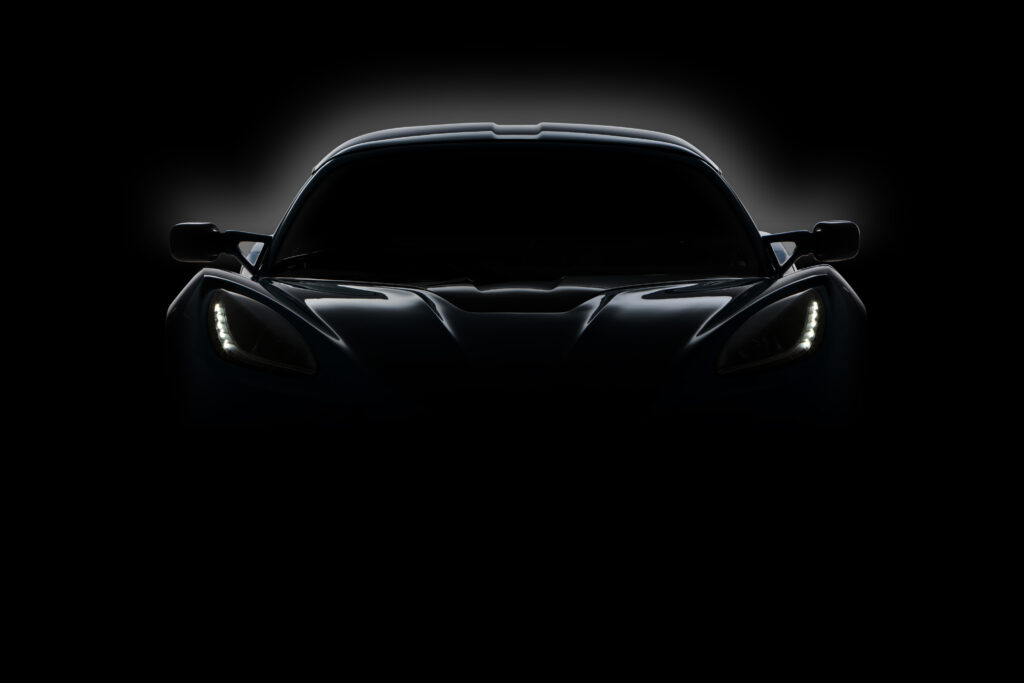
Detroit Electric (1907-1939) was an automobile brand produced by the Anderson Electric Car Company in Detroit Michigan. Anderson had previously been known as the Anderson Carriage Company (untill 1911), producing carriages and buggies since 1884. Production of the electric automobile, powered by a rechargeable lead acid battery, began in 1907. For an additional $600.00 an Edison nickel-steel battery was available from 1911 to 1916.
The electric vehicle was mainly sold to women drivers and physicians who desired the dependable and immediate start without the physically demanding hand cranking of the engine that was required with early internal combustion engine autos. The cars were advertised as reliably getting 80 miles (130 km) between battery recharging, although in one test a Detroit Electric ran 211.3 miles (340.1 km) on a single charge. Top speed was only about 20 miles per hour (32 km/h), but this was considered adequate for driving within city or town limits at the time.
The company production was at its peak in the 1910s selling around 1000 to 2000 cars a year. Towards the end of the decade the Electric was helped by the high price of gasoline during World War I. In 1920 the name of the Anderson company was changed to “The Detroit Electric Car Company” as the car maker separated from the body business (it became part of Murray Body) and the motor/controler business (Elwell-Parker).
As improved internal combustion engine automobiles became more common and inexpensive, sales of the Electric dropped in the 1920s but the company stayed in business producing Detroit Electrics until after the Stock Market crash of 1929. The company filed for bankruptcy, but was acquired and kept in business on a more limited scale for some years building cars in response to special orders. The last Detroit Electric was shipped 2-23-39, but in its final years the cars were manufactured only in very small numbers.
Notable people who owned Detroit Electrics cars included Thomas Edison, Charles Proteus Steinmetz and John D. Rockefeller, Jr. who had a pair of model 46 roadsters. Clara Ford, the wife of Henry Ford, drove Detroit Electrics from 1908 when Henry bought her a model C coupe with a special child seat, through the late teens. Her third car was a 1914 model 47 Brougham.
An electric car is depicted in the Donald Duck comic books as the car of the character Grandma Duck but the car depicted is more likely a Baker or a Rauch & Lang.
(Part of this article is licensed under the GNU Free Documentation License. It includes content from this Wikipedia article.)
